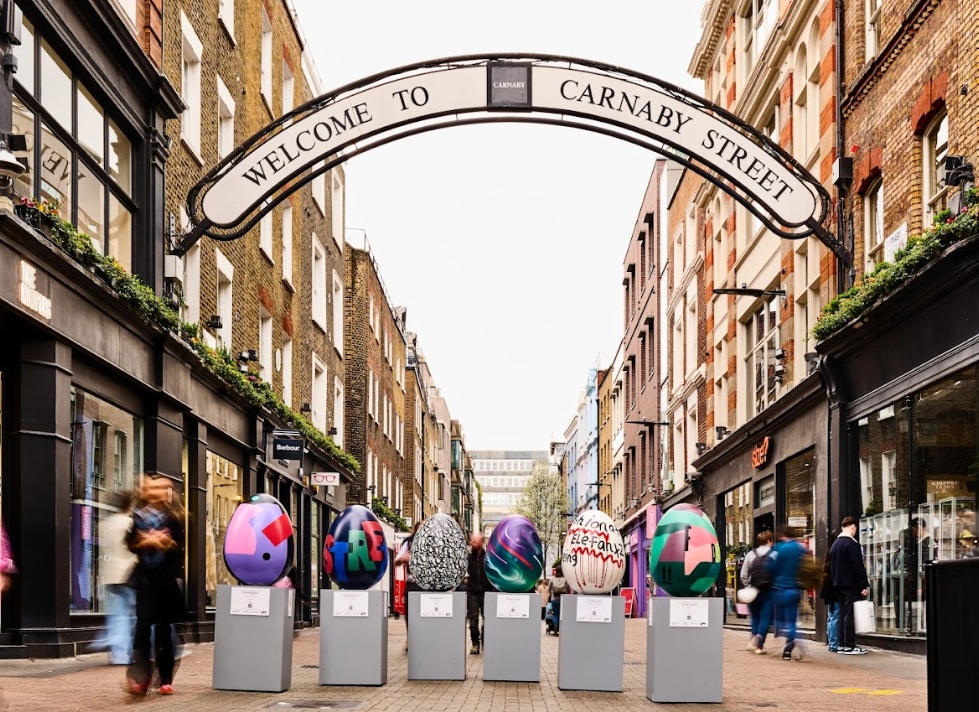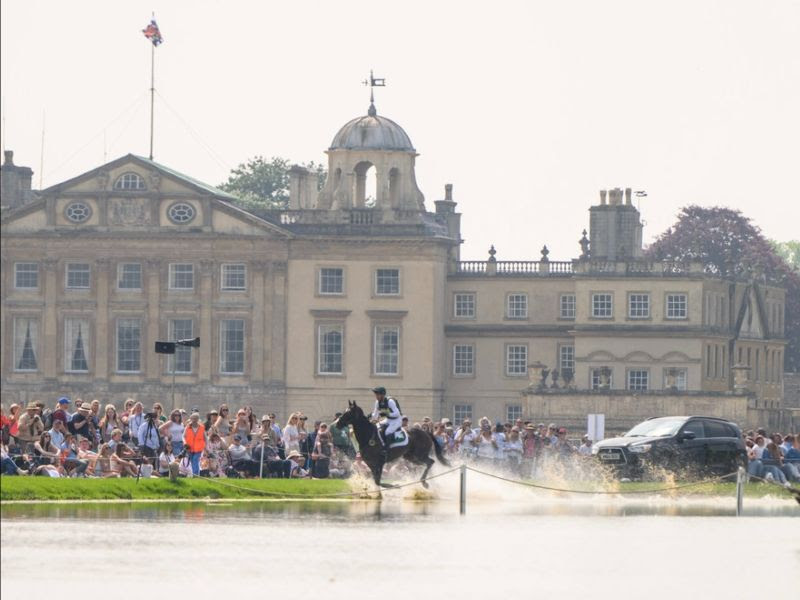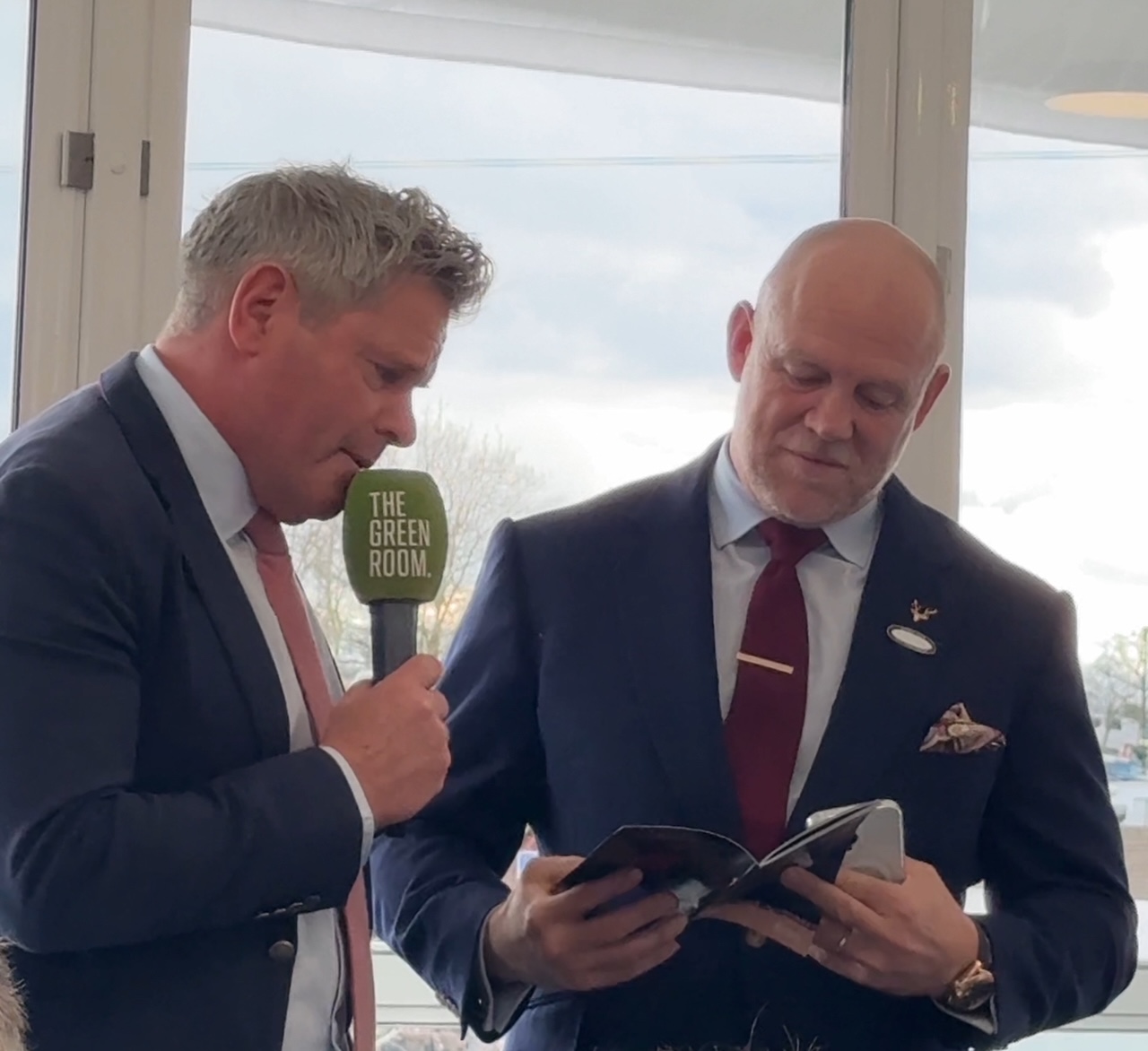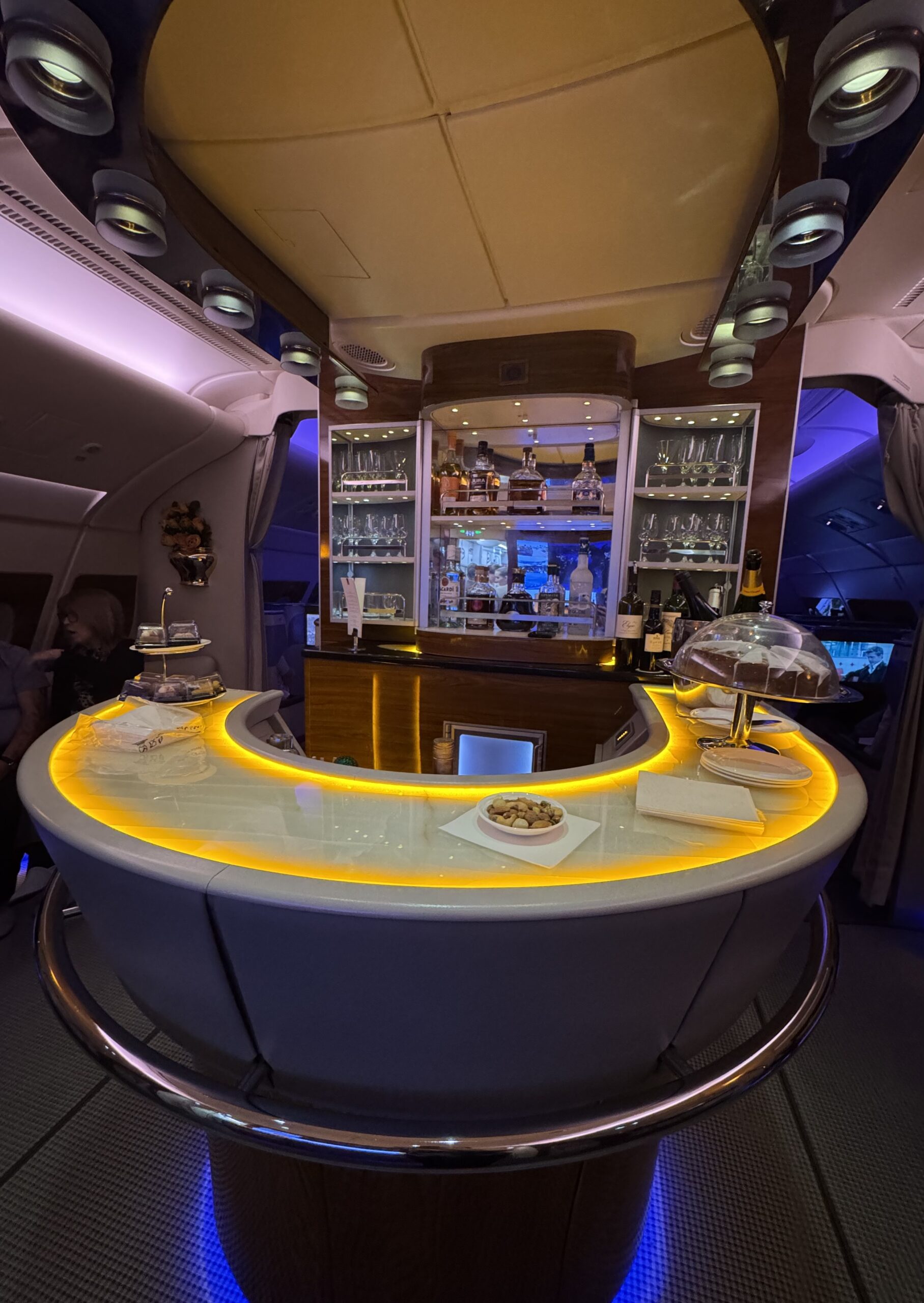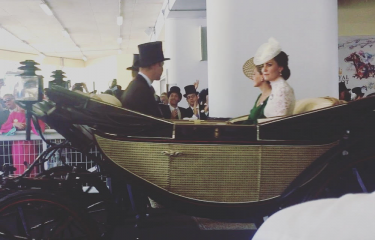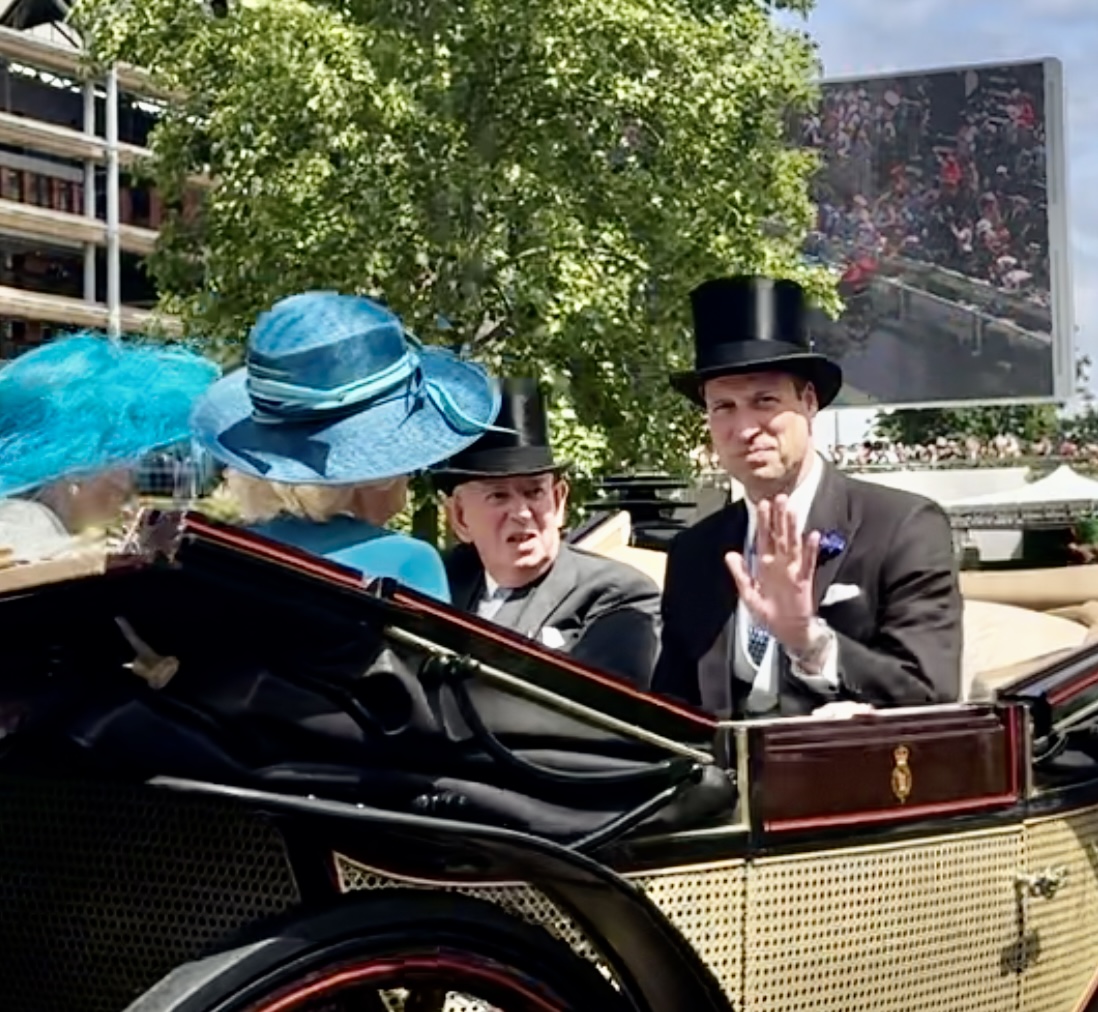Restoring a Classic Car: What You Need to Know
Restoring a classic car to its former glory is a car enthusiast’s ultimate dream. It’s more than just a hobby – it’s a passion that requires dedication, time and careful planning.
You could be bringing a vintage vehicle back to life or enhancing a classic model for the first time, you need the know-how and planning to see your project really take-off.
The process can be both rewarding and challenging but before you jump in, here are some essential factors to consider.
- Evaluating the Car’s Condition
You might be itching to get started on the fun bit, but you don’t want to waste your time and resources if the car isn’t worth restoring.
First things first, you need to evaluate the vehicle’s current condition to determine the scope of the restoration needed. If the cost of repairs and replacements exceeds the car’s value post-restoration
Inspect the bodywork for rusts, dents or structural damage. Surface rust is usually treatable but deep corrosion may require extensive work or even replacement parts.
Next, assess the engine and mechanical components like the transmission and suspension systems. If the car hasn’t run in years, it’s important to check whether the engine is salvageable.
Upholstery, carpets and trim can be replaced so you want to consider the overall condition of hard-to-find or rare elements like the dashboard and gauges.
- Finding the Right Parts and Tools
Sourcing the right parts is often one of the most challenging aspects of classic car restoration. Depending on the age and rarity of the vehicle, you may need to track down original parts or rely on compatible alternatives.
It’s important to know where to look—specialist classic car suppliers, online marketplaces and vintage car forums are good starting points for sourcing authentic components.
However, recent supply chain disruptions and Brexit have impacted the availability of certain car parts in the UK. This may incur higher costs or take longer delivery times when ordering from abroad.
Beyond parts, you’ll also need specialised tools. Your essentials will include a jack, torque wrench, impact driver and a complete socket set. For bodywork, sanders, welding equipment and paint guns are often required.
3. Budgeting for the Project
Classic car restoration can be an expensive endeavour, so you need to set a budget from the start and stick to it. The cost of parts and tools can quickly add up, and labour also requires consideration. To start, break down your budget into key areas: parts, bodywork, mechanical work and interior restoration.
When estimating costs, it’s wise to overestimate rather than underestimate. Restorations often come with unexpected expenses, whether it’s discovering additional rust beneath the paint or realising the engine requires more work than initially thought.
As the car undergoes restoration, also consider investing in the right car insurance. This will ensure your investment is covered should anything go wrong during the project.


